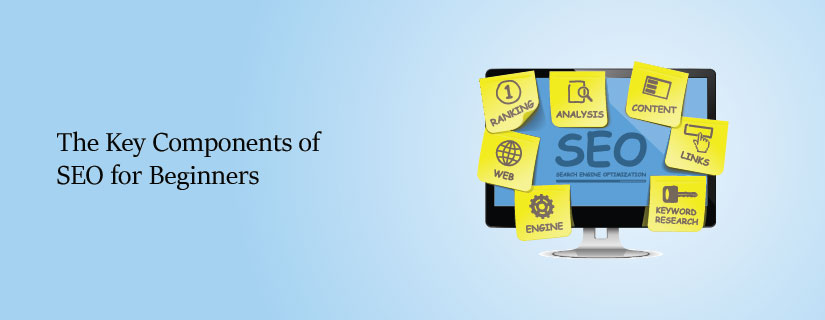- /
- Blog
- /
- Influencer Marketing for E-Commerce...
Influencer Marketing for
E-Commerce Brands
Influencer Marketing for E-Commerce Brands: A Powerful Strategy for Growth
In a crowded digital marketplace, e-commerce brands face intense competition to grab attention, build trust, and convert visitors into loyal customers. Traditional ads are losing their charm — today’s consumers trust real people over polished campaigns. That’s where influencer marketing steps in as a game-changing growth strategy.
At The Vibrant Branding and Strategies, we help e-commerce brands tap into the power of influencer marketing to boost visibility, drive engagement, and skyrocket sales. In this blog, we’ll explore how influencer marketing works, why it matters, and how you can leverage it effectively.
What is Influencer Marketing?
Influencer marketing is a strategy where brands collaborate with influential personalities on social platforms (Instagram, YouTube, Twitter, etc.) to promote products or services. These influencers have built a loyal audience that trusts their recommendations, making them a valuable channel for brand promotion.
Why Influencer Marketing Works for E-Commerce
1. Authenticity Builds Trust : Unlike traditional ads, influencer content feels genuine. When an influencer uses and endorses a product, their audience sees it as a trusted recommendation, not a sales pitch.
2. Boosts Brand Visibility : Influencers introduce your brand to highly targeted audiences. With the right partnership, you can reach thousands (or millions) of potential customers in your niche.
3. Drives Purchase Decisions : Studies show that over 60% of consumers have bought something because an influencer recommended it. Influencers act as modern-day brand ambassadors who influence real purchase behavior.
4. Cost-Effective Compared to Paid Ads : Micro-influencers with 10K–100K followers often offer better engagement at a lower cost than big-budget paid campaigns — making them ideal for e-commerce startups and SMEs.
Types of Influencers to Collaborate With
Depending on your goals and budget, you can partner with:
- Nano Influencers (1K–10K followers): Highly engaged local audiences.
- Micro Influencers (10K–100K): Cost-effective with niche reach.
- Macro Influencers (100K–1M): Broad awareness campaigns.
- Mega Influencers/Celebrities (1M+): Wide exposure, higher investment.
Pro Tip: Engagement rate often matters more than follower count.
Influencer Marketing Strategies for E-Commerce Brands
1. Product Seeding : Send free products to influencers in exchange for a mention, review, or unboxing video. This approach is especially effective with micro and nano influencers.
2. Affiliate Marketing : Offer a unique discount code or affiliate link. Influencers earn a commission for every sale — driving ROI-driven results.
3. Giveaways and Contests : Collaborate on a contest that requires users to follow your brand, tag friends, or visit your website. This creates virality and follower growth.
4. Sponsored Posts : Pay influencers for a dedicated shoutout, reel, story, or carousel featuring your product. Make sure the content aligns with the influencer’s authentic voice.
5. Long-Term Brand Ambassadors : Work with selected influencers for recurring promotions to create consistent messaging and deeper brand connection.
How to Choose the Right Influencer
- Niche relevance: Their audience should match your target customer.
- Engagement rate: Look for active followers, not just high numbers.
- Content style: Does it align with your brand’s voice and values?
- Platform fit: Fashion? Instagram. Tutorials? YouTube. B2B? LinkedIn.
- Authenticity: Avoid influencers who promote too many products.
Use tools like HypeAuditor, Upfluence, or CreatorIQ to evaluate influencer credibility.
Measuring Success: Influencer Campaign KPIs
Track your ROI and performance using:
- Engagement rate (likes, comments, shares)
- Reach & impressions
- Referral traffic
- Conversions or sales
- Coupon code usage
- Follower growth
Pro tip: Always set clear goals (brand awareness, sales, UGC, etc.) before launching any campaign.
Step 5: Use Negative Keywords
Google Shopping Ads don’t allow direct keyword targeting — but you can control relevance using negative keywords.
For example:
- Exclude terms like “free”, “used”, or “cheap” if you sell premium products.
- Avoid irrelevant traffic that drains your budget.
Step 6: Optimize Bids & Budget
Start with a manageable daily budget. Monitor performance and adjust:
- Use enhanced CPC or manual bidding to have more control.
- Identify top-performing products and allocate more budget to them.
- Lower bids for underperforming products or exclude them altogether.
Want to maximize your marketing ROI? Our audit & consulting services help identify what’s working and what’s not.
Common Mistakes to Avoid
- Choosing influencers only for follower count
- Ignoring fake followers or bot engagement
- Poor brief or unclear campaign goals
- Not tracking results with analytics
- Failing to follow FTC/ASCI disclosure guidelines
Influencer Marketing Success Story
Client Case Study
One of our fashion e-commerce clients partnered with 15 micro-influencers across Tier 1 and Tier 2 cities. The result?
- 📈 48% increase in website traffic
- 🛒 22% rise in sales over 4 weeks
- 💬 Over 300+ user-generated content pieces
All from a modest budget with high-performing micro-influencers!
Final Thoughts
Influencer marketing is no longer a “nice-to-have” — it’s a must-have strategy for e-commerce brands aiming to grow in 2025 and beyond. Whether you’re launching a new product or scaling up your sales, the right influencer can bridge the gap between you and your ideal customer.
At The Vibrant Branding and Strategies, we help you plan, execute, and optimize powerful influencer campaigns that deliver real business impact.
Share this Article On:
Recent Updates
- 12 February 2025
- 12 February 2025
- 12 February 2025
- 12 February 2025
- 12 February 2025
Have a Question?
If you cannot find answers to your queries, please fill out the enquiry form. We will contact you shortly.



